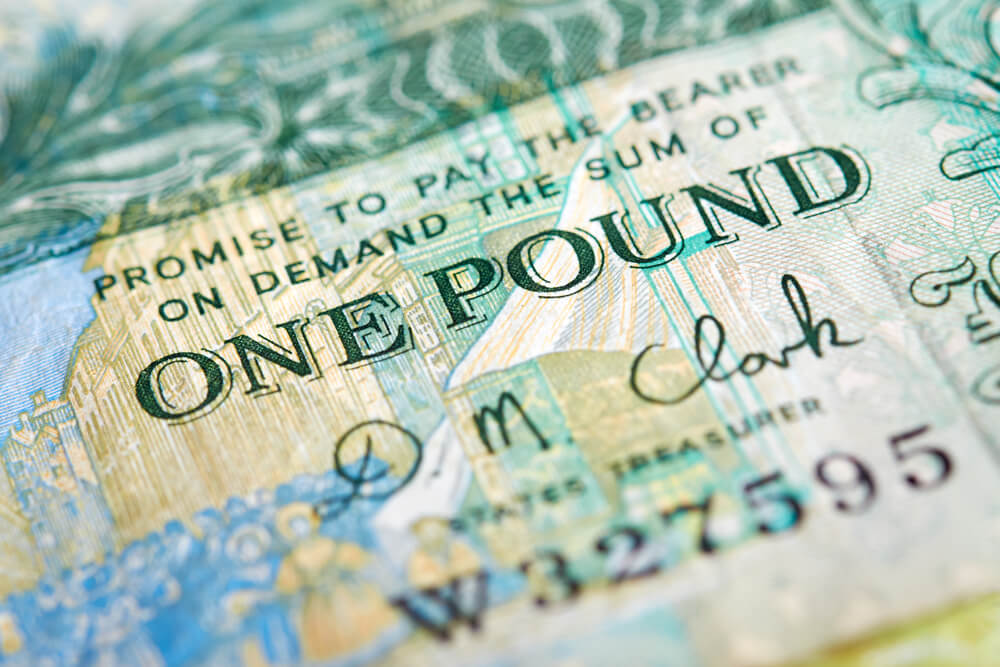On Friday, July 2, the USD continued to climb after the release of the U.S. jobs data as investors believed that rates might surge sooner than expected.
The U.S. Dollar Index, which trails the greenback in opposition to its six rival currencies, gained 0.09% to 92.68 staying over the 92.50 level.
Since May, it has been rising as investors are adapting to the probability that the U.S. Federal Reserve will soon raise interest rates.
Also, the greenback was lifted by positive economic data as the country’s initial unemployment rate fell to 364,000.
This is below the analysts’ projection of 390,000 and the lowest figures in the past 15 months.
The USD’s positive sentiment also impacts the Japanese yen as the USD/JPY pair traded 0.11% higher to 111.62.
Since March 2020, the greenback is now around its highest level against the yen.
Consequently, both antipodean currencies are softening against the U.S. dollar as the AUD/USD and NZD/USD crashed 0.10% to 0.7461 and 0.21% to 0.6961, respectively.
Also, the GBP/USD continued to subside for seven days in a row by 0.02% to 1.3765.
The British pounds came under pressure from the continued interest of traders in the greenback.
Now, the pair is trading around multi-month lows.
Moreover, the USD/KRW pair also sank 0.04% to 1,133.88 following South Korea’s Friday release of the consumer prices which soared 2.4% y-o-y in June, below May’s rise of 2.6%.
On the other hand, the USD/CNY pair traded 0.12% higher to 6.4756.
Payrolls Data Path
Later in the day, the key jobs report for June which includes the non-farm payrolls will be released.
These could give more visibility to the U.S. labor market recovery which can give the greenback some momentum.
The country’s private jobs figures gave a path to the payrolls data which beat analysts’ projections and jobless claims dropped harder than the forecast.
Meanwhile, the prices of commodities are also leaning against the greenback when it comes to the currencies of the exporters.
For instance, the Canadian dollar went down this whole week, however, it is the best performing G10 currency in 2021.
It has risen by an estimated 2.5% against the U.S. dollar this year.
An analyst said that one of the reasons for the yen’s fall is that Japan is paying for the imports.















